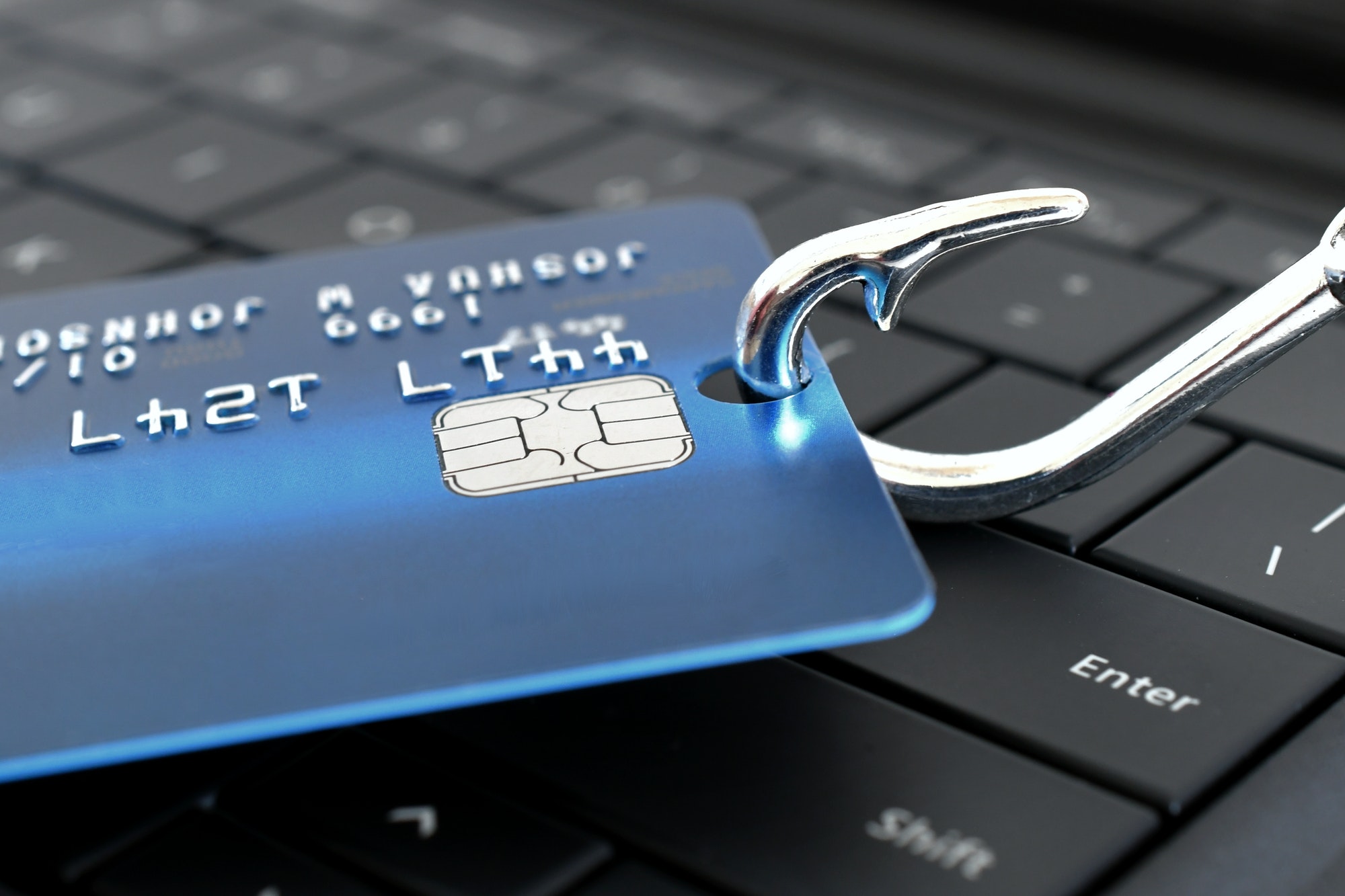Phishing Prevention for Universities
Technology is at the core of nearly everything we do these days. Computers, laptops, IoT devices, you name it! We are surrounded by technology, and the growth won’t slow down in the foreseeable future.
Unfortunately, problems come with all the benefits we gain from technological advances. Undoubtedly, one of the most persistent and dangerous is cybercrime.
Cybercrime has many different types and presents a permanent security threat to users and organizations. One of the most widespread types of cybercrime is phishing attacks. According to the 2021 Verizon data breach report, phishing is one of the most common breach-related actions. Phishing attempts have increasingly become a threat to almost every organization, and higher education institutions aren’t an exception.
Colleges and universities are a target for hackers who aim to obtain confidential data and steal financial information, intellectual property, or even gain access to the organization’s digital infrastructure. Additionally, a phishing attack could be a great hit to the reputation of the university.
In this article, you’ll understand what a phishing attack is and learn about different types of phishing scams and methods you can use to protect yourself. The goal is to provide university security teams with a guide that’ll help protect students and faculty.
What Is Phishing?
Phishing attacks are a social engineering technique. This means they aim to exploit human errors because humans are, without a doubt, the weakest link in a cybersecurity strategy. Phishing attacks are widespread as they’re relatively easy to execute and have a high ratio of success. The goal is to deceive the target and steal valuable personal data like passwords, usernames, social security numbers, credit card numbers, addresses, etc.
The most common phishing tactic involves sending a highly convincing email that looks legitimate. The target takes the bait and clicks on a link that supposedly leads you to an organization’s trustworthy website, where you are asked to provide some personal information for seemingly routine reasons. In reality, the website you visit after you click the link on the phishing email is a replica of the legitimate site. Your information is sent directly into the hands of cybercriminals.
Although most attacks are executed via email, phishing has expanded to phone calls, text messages, videos, and social media applications nowadays. Cybercriminals are finding new, more sophisticated ways to steal your data. Below you’ll see some of the most common forms a phishing attack can take.
Phishing Types
Besides email phishing, also known as deceptive phishing, which we covered above, several other types of phishing attacks exist. Although they are not so widespread, it’s important to know about them to protect yourself.
Spear phishing: Deceptive phishing targets mass audiences, while spear phishing is a highly customized, meticulously planned attack that targets specific users. In this type, the phishing email contains information that adds credibility like phone numbers, logos, etc. The goal is to seem trustworthy and convince the user to perform an action. The attack is called whaling if the target is an authoritative figure within an organization, like a university’s president, for example.
Malware phishing: Similar to email phishing but instead of stealing personal user data, the goal is to deceive the recipient into downloading an attachment that most likely contains some sort of malware. This type not only endangers your sensitive data but can also harm your personal devices.
Smishing: In this type, the attacker sends SMS texts, often appearing like account notifications or other kinds of alerts, which contain malicious links. The goal is to trick the user into clicking on them or providing personal data.
Vishing: The concept is similar to other techniques, but the scammer uses a phone instead of an email. The attacker acts as a member of a legitimate organization in order to persuade you to provide sensitive personal data.
Why Are Universities a Target?
Why do colleges and universities seem to be such attractive targets for cybercriminals? Here are some of the main reasons:
Valuable sensitive information: Personal information like phone and social security numbers, addresses, driver’s license numbers, credit card numbers, etc., is a valuable resource for hackers. They can easily commit identity fraud, gain access to your banking or any other kind of account, or even sell your data to other criminals. University databases store thousands of records with sensitive student details.
Valuable intellectual property: Universities produce knowledge, promote in-depth research, and as a result, in many cases, breakthrough ideas and work are developed. Universities often have a vast amount of intellectual property, which acts as a magnet for hackers that seek to profit by stealing this information and selling it.
Security issues: It’s very common for students to use their own personal devices when they attend university. The large number of different devices coming from hundreds or even thousands of students and personnel makes it extremely hard to maintain a secure network. As we mentioned above, hackers take advantage of the network’s weak spots and can gain access to sensitive information.
Universities have other priorities: An educational institution has many things to take care of, and many times financial resources are insufficient. As a result, universities have to prioritize their needs, and often cybersecurity is overlooked. Low cybersecurity and anti-phishing measures make the university’s system an easy target for hackers.
Measures to Prevent Phishing Attacks
Invest in email security: Hackers are aware that educational institutions often lack cybersecurity strategies, making them easy targets. Email filtering tools can mitigate phishing attempts by blocking emails that may contain malicious links. If universities invest in email security, it will be easier to detect fraudulent emails and provide an extra layer of protection for both students and personnel.
Invest in security awareness training: Phishing attacks have become more and more sophisticated, and it’s hard to keep up with all the new types that pop up. It’s an organization’s responsibility to educate its users so that they can protect themselves from phishing scams. Having up-to-date, realistic security awareness training is even more necessary now with the exponential increase of remote learning these last couple of years.
Create operational guidelines: Educational organizations should create and maintain policies that protect personal information. Having guidelines for common scenarios, like what your staff should do in emails requests for payment changes, will help you avoid misunderstandings and unnecessary mistakes.
Use two-factor authentication: Two-Factor Authentication (2FA) provides an additional security layer for online accounts. All students and personnel must provide an additional unique and dynamic credential in addition to their username and password to access their account. That credential can only be obtained by accessing something that belongs to them, such as a mobile phone.
Get help from experts: Perhaps the most straightforward solution to avoid phishing attacks is to let someone else handle it for you. Investing in the latest technology and hiring specialized professionals will help you identify suspicious activity, mitigate phishing risks, and secure your network.
Conclusion
Phishing attacks against educational institutions are quite common and unfortunately, they’ve been on the rise in recent years. Sensitive areas such as universities become targets for attacks with potentially high profits for cybercriminals. Apart from financial losses, the reputation of each institution is also at stake. While it’s difficult to completely eliminate attacks as hackers constantly come up with new ways to exploit weak spots, there are a number of measures that can enhance your organization’s information security. Implementing these measures will make it safer for both students and university staff and at the same time, they’ll ensure the reputation of the institution and protect its valuable assets.


